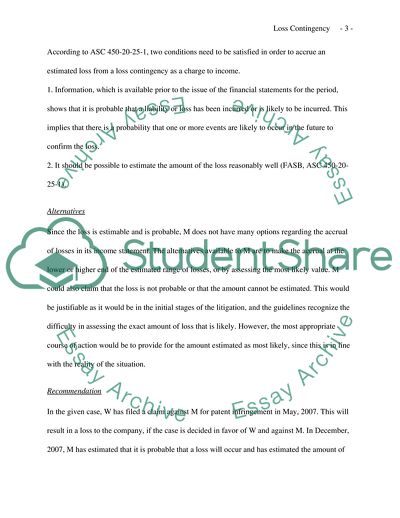Cite this document
(Case 13-8 Accounting for a Loss Contingency for a Verdict Overturned Study, n.d.)
Case 13-8 Accounting for a Loss Contingency for a Verdict Overturned Study. https://studentshare.org/finance-accounting/1829212-case-13-8-accounting-for-a-loss-contingency-for-a-verdict-overturned-on-appeal
Case 13-8 Accounting for a Loss Contingency for a Verdict Overturned Study. https://studentshare.org/finance-accounting/1829212-case-13-8-accounting-for-a-loss-contingency-for-a-verdict-overturned-on-appeal
(Case 13-8 Accounting for a Loss Contingency for a Verdict Overturned Study)
Case 13-8 Accounting for a Loss Contingency for a Verdict Overturned Study. https://studentshare.org/finance-accounting/1829212-case-13-8-accounting-for-a-loss-contingency-for-a-verdict-overturned-on-appeal.
Case 13-8 Accounting for a Loss Contingency for a Verdict Overturned Study. https://studentshare.org/finance-accounting/1829212-case-13-8-accounting-for-a-loss-contingency-for-a-verdict-overturned-on-appeal.
“Case 13-8 Accounting for a Loss Contingency for a Verdict Overturned Study”. https://studentshare.org/finance-accounting/1829212-case-13-8-accounting-for-a-loss-contingency-for-a-verdict-overturned-on-appeal.


